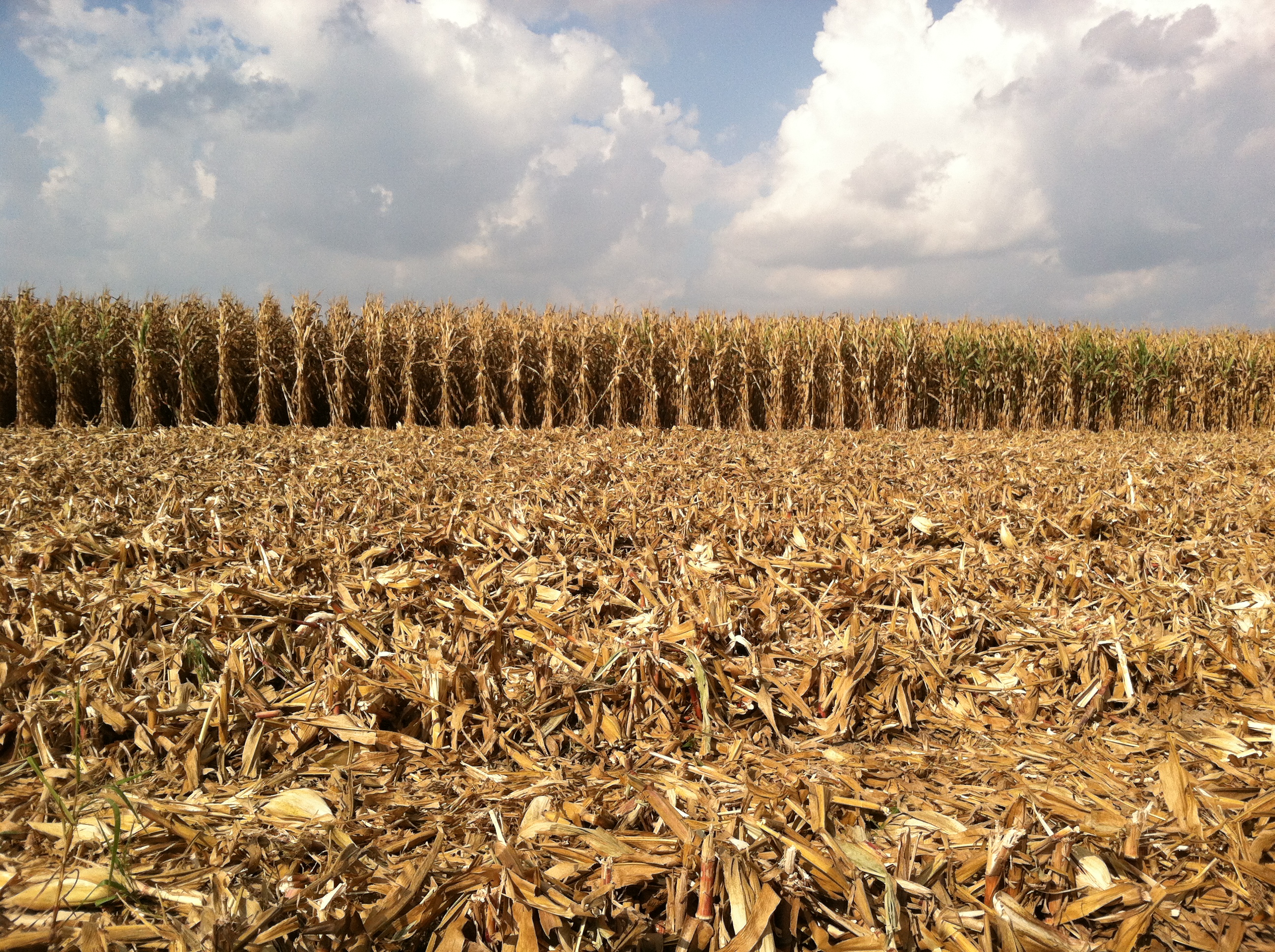Advertise Follow Us
Items Tagged with 'decomposition'
ARTICLES
A Biological Boost For Breaking Down Residue
Here’s a look at some of the products that could boost soil microbial activity and speed up decomposition of the toughest no-till residue.
Read More
Improving Soil Structure Good For Planet And Pocketbook
Brazilian soil scientist touts the benefits of continuous no-till, diverse cropping rotations and cover crops to sequester carbon and improve soil and yields
Read More








